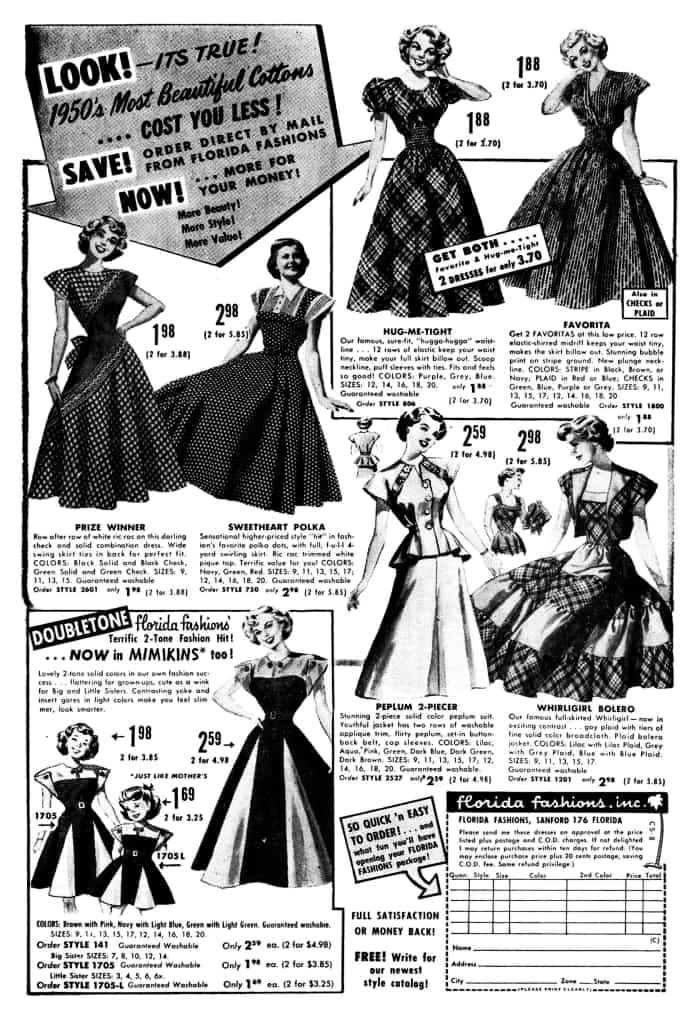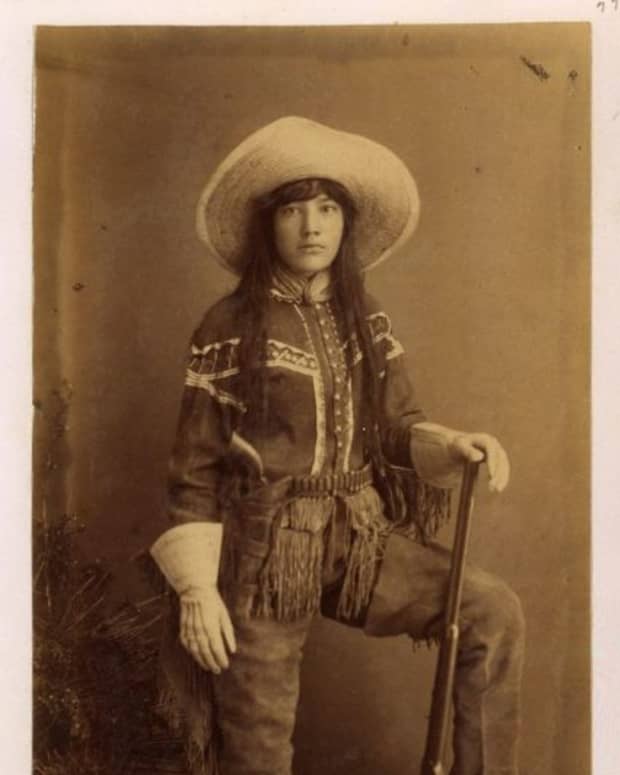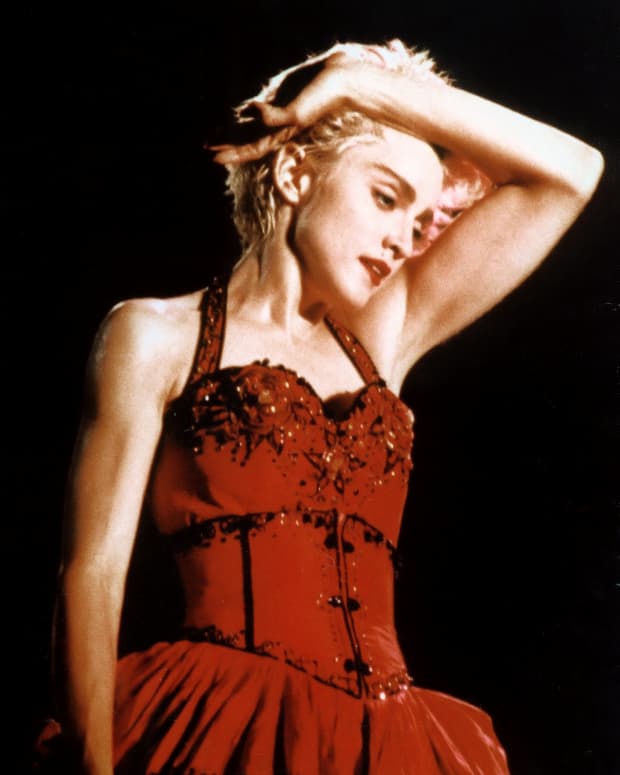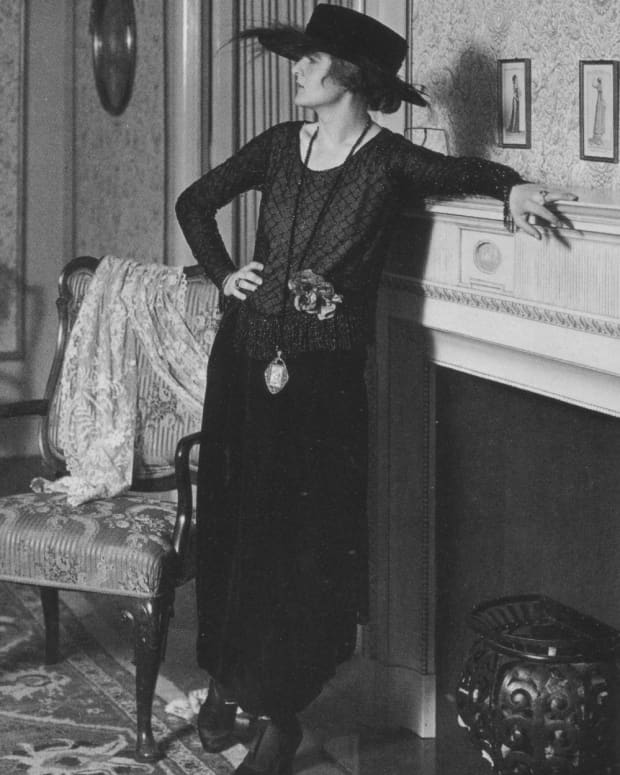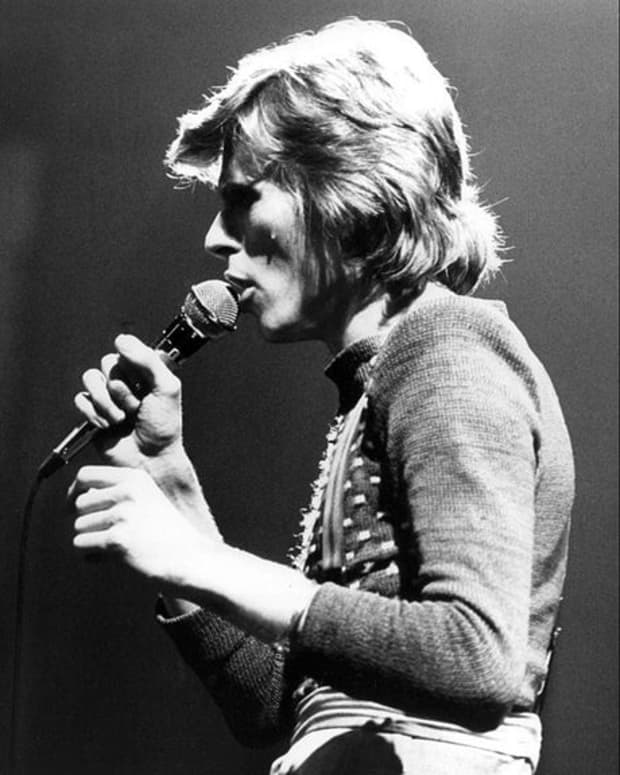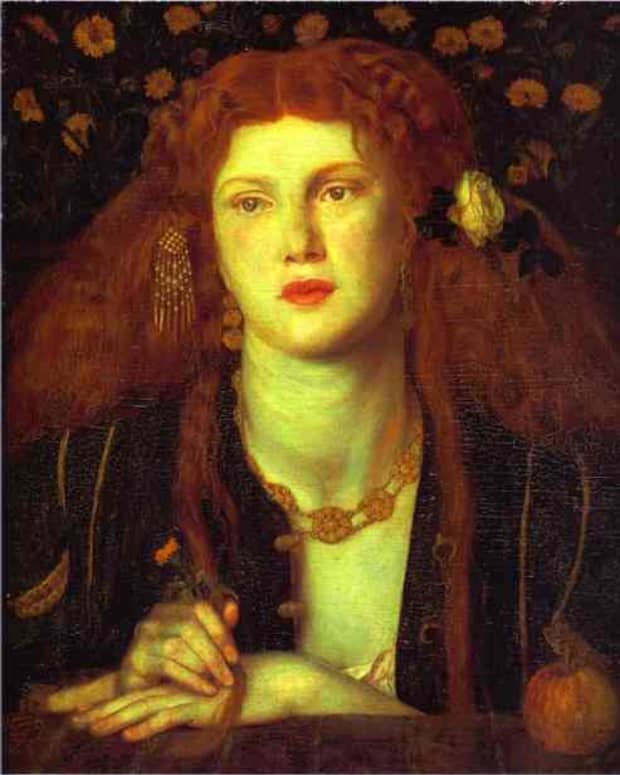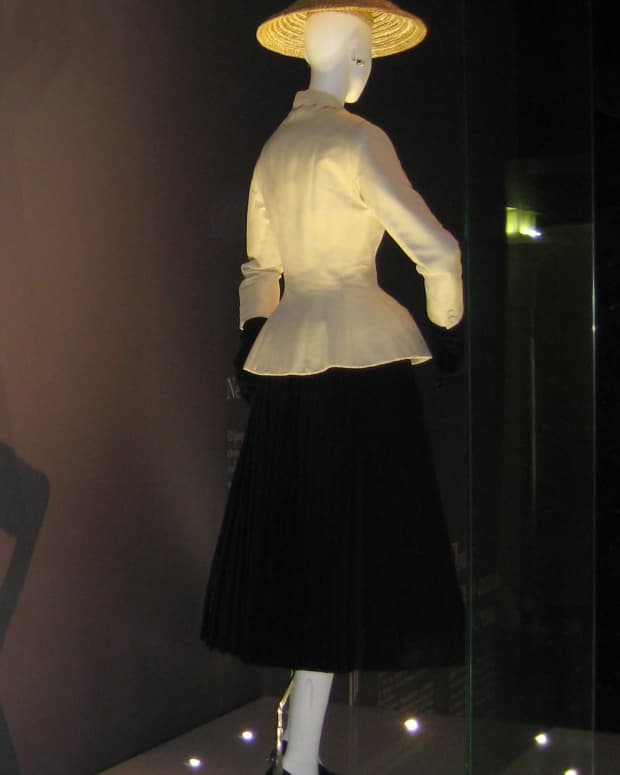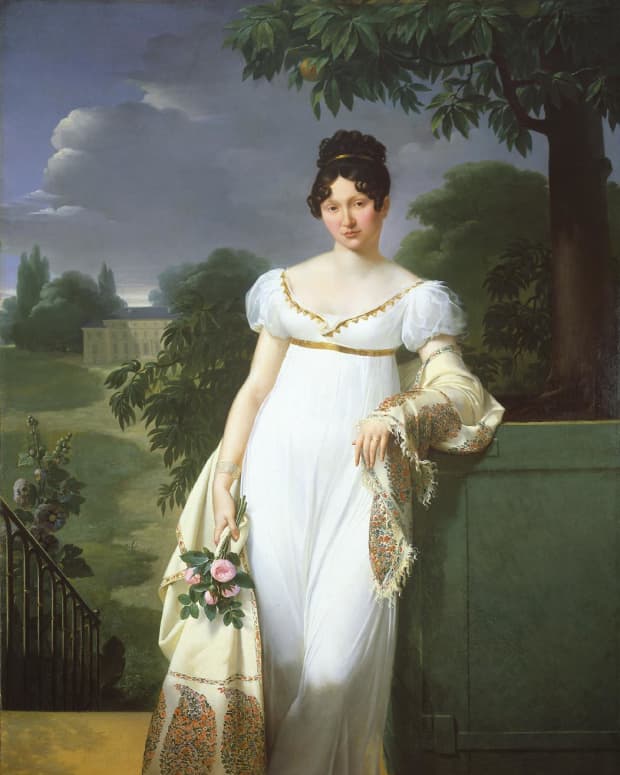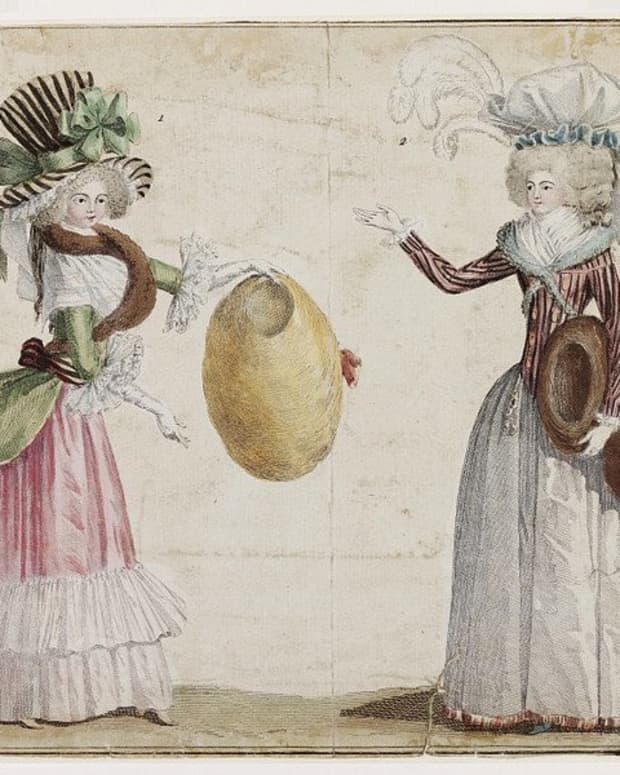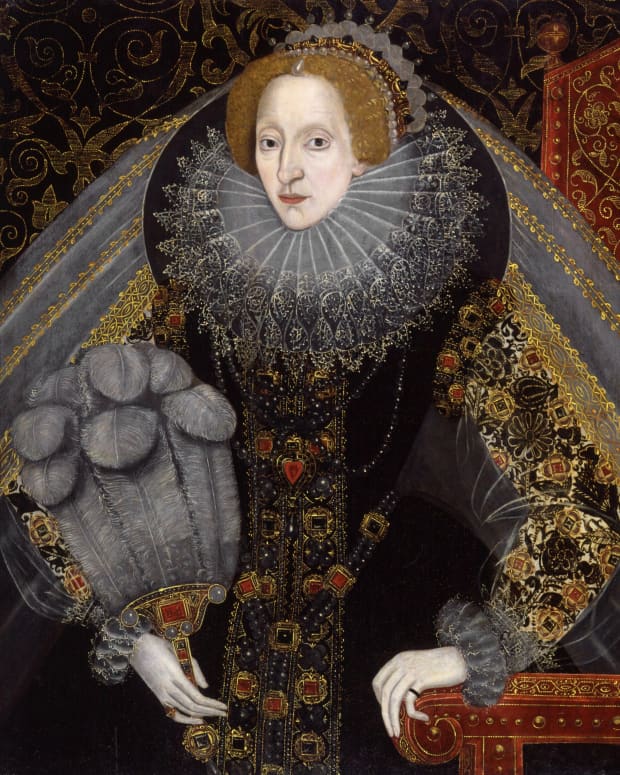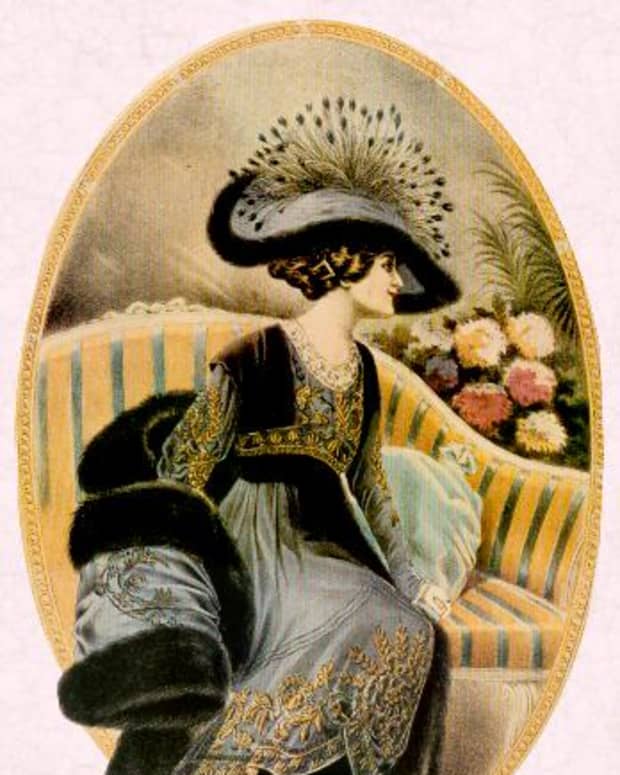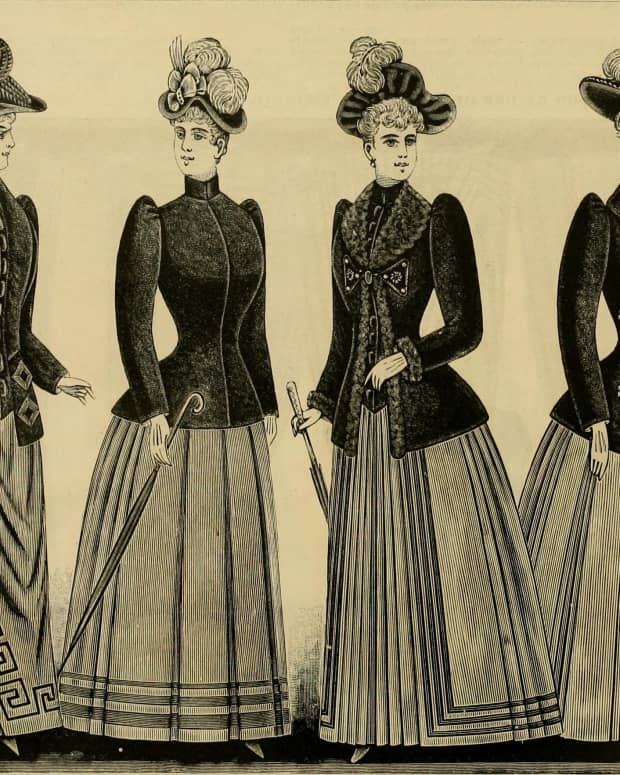Fashion History: Women's Clothing of the 1950s
Dolores's interest in fashion history dates from her teenage years when vintage apparel was widely available in thrift stores.
Women's fashions of the 1950s reflected a complicated mix of conservatism and glamour—a girl-next-door freshness as well as alluring femininity. Women who had lived through the privations of the Great Depression and World War II were now able to afford new styles and embraced them all, from the elegance of grand, sweeping skirts to shorts and trousers.
An hourglass figure dominated the look of the 1950s. With cinched-in waistlines and accentuated hips and busts, the style was a decidedly mature one.
Despite the mature, conservative look of major designers, a new feeling for casual attire crept onto the scene, as women increasingly began to wear pants, shorts, sportswear, and shoulder-revealing sundresses.
Hallmarks of 1950s Fashion
- An hourglass figure predominated
- Skirts were big with crinolines or slim pencil skirts
- Women increasingly wore trousers
- Shirtwaist dresses were popular
- Hats and gloves always worn for dress or business
Historical Context for 1950s Fashion
In the 1950s, economic gains created a new consumer-driven society and enabled a family to live quite comfortably on one income. Women who had taken factory work during World War II quit or were fired. As people strove for a conservative simplicity, the housewife became the feminine ideal of the day. Though the suburban lifestyle may seem shallow to some, and restrictive for women, it must be remembered that for twenty years people had been living in fear of poverty, and they had just emerged from the staggering losses of World War II.
The underlying fear of the nuclear bomb, the changes wrought by the Civil Rights Movement, and the perhaps overblown threat of communism took a backseat to a yearning for the simple, idealized life depicted in mass media. Television transformed entertainment and the news, influencing trends and depicting fashionable homemakers.
The New Look
Christian Dior introduced the New Look in 1947. With its tight cinched waist, billowing skirt, and pronounced bust line, the New Look recalled historic styles of the mid-19th century and set the tone for the next decade.
Huge skirts needed the support of petticoats made of nylon mesh. Hoops, or crinoline cages, a relic of the 1850s, were brought back. Sometimes, petticoats showed below the skirt hem, trimmed in pretty colors.
Clothing styles during the war years had featured dull colors, squared shoulders, and a minimal use of fabric and embellishments due to wartime restrictions. The New Look offered a new opulence and a new look at femininity.


Pencil Skirts and Big Skirts
Tailored suits appeared very feminine, with tight waists and accentuated hips. Though Coco Chanel introduced her more comfortable, almost boxy, suit, relieved by a blouse with a pussycat bow, the long, slim look of a nipped-in waist and narrow skirt remained a popular silhouette.
For day wear and casual occasions, a wide skirt was worn without the large crinolines, for a soft, draped appearance. Shirtwaist dresses,often worn by TV housewives, were a popular alternative to the more exaggerated styles.
Halter-topped dresses were a casual alternative for the beach, or for summer cookouts and parties.
Popular Prints of the 1950s
After the austere colors of the 1940s, prints came back in a big way. From stripes to florals, prints generally appeared in colors on a white background.
- Wild floral skirts, like the one above, contrasted with a plain-colored, short-sleeved knit top.
- Stripes of all kinds appeared, from bold black-and-white horizontals to thin black or dark blue stripes on a light background, often worn with 3/4-length sleeves.
- Polka dots showed up in contrasting colors, like red on white (and vice versa), or dark blue and white, or white on white with nubby or textured dots.
- Embroidered designs and appliqués were often featured near the hem of a wide skirt. A felt poodle appliqué became the iconic symbol of 50s style and is often worn today for 50s parties or for Halloween.
Read More From Bellatory
Fabric and Technology of the 1950s
New advances in mass production allowed for more garments to be manufactured at greater speed and in greater quantity than ever before. As production speed increased, clothing became more affordable, and off-the-rack manufacturers hurried to copy the designs of haute couture.
Fabric Types
Nylon, no longer needed for wartime parachutes, became a fashion staple used to make hose, lingerie, blouses, and sportswear.
Though cotton was still a popular choice for summer clothing, Dacron and rayon reduced ironing chores with their no-wrinkle textures. Laundry chores became simpler with the new drip-dry garments. The new fabric blends included two-way stretch materials that offered figure control for swimwear.
Synthetic fibers and blends cut into the wool industry's market share while freeing consumers from pesky moths that, in the past, could destroy wool garments stored in the closet.
Women in Pants
When women pulled on pants to work in the factories during World War II, they discovered a new kind of freedom and comfort. From loose hostess pants to tight knit slacks and short shorts, trousers made inroads into women's fashions.
The side zipper was a popular closure as it left a smooth front and seemed dressier than front-zipped jeans. Straps attached to the hems of slacks pulled wrinkles of the fabric, for a sleek, tapered look.
Women at home or at the beach wore short shorts with tucked-in blouses, or shirts tied at the midriff. Pedal pushers ended just below the knee, while Capri pants ended at the lower calf, in a casual yet sophisticated style. But for dress occasions outside the home, for going downtown or to church, dresses were still a must.
Accessories of the 1950s
- Gloves. A well-dressed woman wore gloves and a hat outside the home for all but the most casual occasions. Long, elbow-length gloves appeared for formal and evening wear with short-sleeved dresses or strapless gowns. Short gloves worked with suits or long-sleeved garments and were also worn in warmer months.
- Hats. The New Look premiered beneath wide-brimmed garden-style hats. But smaller hats prevailed for most of the 1950s. Tidy little hats adorned with veils were popular and came in an assortment of colors, often pastels for spring and summer.
- Glasses became a fashion statement and featured new designs like the cat's-eye style with flared, pointed edges. Frames came in a wide variety of colors.
- Jewelry was classic and understated. Pearls or faux pearls were the iconic necklace of the 1950s. Plastic pop beads were a popular costume accessory. Slim watches and subdued rings, along with clip-on earrings, were conservative and elegant.
- Shoes. High heels worn for dressy occasions had rounded toes, often with peep-toes. But a new sense of comfort crept into women's footwear. Espadrilles were a popular choice for beach and vacation wear. Tennis shoes were worn around the home and garden and came in simple styles for maximum comfort. Saddle oxfords, a relic of the 1940s, were popular with the younger set, often paired with short socks called bobby socks.
Undergarments
A well dressed woman wore a variety of undergarments including a bra and panties. A bra added bust support and helped create the hour glass figure that was the style of the day. Slips were worn under pencil skirts while petticoats helped to maintain the shape of a New Look style skirt.
Garter belts supported nylon stockings. For casual wear, socks were worn with pants. Teenagers wore short socks called Bobby socks with New Look style skirts.
To maintain the tiny waist needed to look good in most styles, women wore girdles. A girdle could fit slightly above the waist or just to the waistline. Some girdles extended down to the thigh. Girdles were worn with dresses, skirts, and pants to create a smooth, slim look.
Hairstyles
- Long hair, often worn by young girls, was drawn up into ponytails, or pulled into a French twist for formal occasions.
- The Italian cut featured short, loose curls for a sophisticated yet free look.
- Bangs, worn with both short and longer hairstyles, were worn short and curled.
- The page boy was a medium length style that was sleek with the ends turned under.
- Black women and white women with very curly hair often had their hair chemically straightened or used hot combs for a sleek look.
- The bouffant and bubble cut relied on teasing (back combing) and hairspray to maintain a poufy hair style.
Influential Fashion Designers of the 1950s
While Christian Dior gave birth to 50s fashion with his New Look in 1947, many other designers influenced the decade.
- Clare McCardell, an American designer, had introduced a casual country-girl look to clothing in the 40's using denim and gingham. She continued to design clothing throughout the 50's.
- Cristóbal Balenciaga gave us the 3/4 length sleeve. His designs offered a looser style that released women from stiffly structured tailored garments. Combining a loose coat with a pencil skirt created a unique new appearance. His 1957 sack dress without a waistline evolved into the shift-style dress that became so popular in the 1960s.
- Hubert de Givenchy was famous for creating clothing for his favorite muses Audrey Hepburn and Jackie Kennedy. He entered the Paris couture scene at an early age with designs based on separates with a youthful appeal.
- Coco Chanel reestablished herself as a designer after World War II with wearable clothing. Her boxy suits with contrasting trim, worn with a soft blouse adorned by a pussy-cat bow, were created for ease of movement. In 1955, she introduced her signature quilted handbag with a gilt chain strap; it is still popular.


1950s Fashion Icons
Movie stars stood as fashion icons of the 50s, wearing clothing on and off the movie set created for them by fashion designers.
- Audrey Hepburn, whose look inspired Givenchy, created an air of youthful grace. With her slim figure, unusual in a time that celebrated a mature hour-glass silhouette, Audrey became a fashion icon still admired and copied today.
- Grace Kelly's classic clothing style came across wonderfully in films like Rear Window. Her elegant yet natural style reflected an inner beauty. Hermes created the famous Kelly bag for the actress-turned-princess in order to shield her "baby bump" from the press.
- Barbara Billingsley, or as the world knows her, June Cleaver, was a housewife who wore pencil skirts and pearls to clean her home. The iconic 50s TV mother can be seen in reruns for a great look at how women were supposed to dress.
- Doris Day symbolized a healthy, girl-next-door beauty combined with a perky kind of sensuality and was often portrayed in films and movie magazines wearing the casual clothing styles that became so popular in the 50s.
Alternative Fashion
"Beatnik" was the name coined to describe a group of intellectuals, artists, and poets in the 1950s. Much like bohemians of other eras, the beatniks stood against mass consumerism and the conservative ideals of the day.
Female beatniks rejected fashion trends and wore their hair long and natural. They did not use makeup. Unlike the bohemians (and later hippies) who played with historic styles and clothing concepts, the beatniks wore modern garments in an austere manner.
Beatniks were often portrayed in media as cute, funny characters who wore black turtlenecked shirts and played bongos. In the movie Funny Face, Audrey Hepburn portrayed a beatnik kind of girl who worked in a bookstore.
Grace Kelly (above) has it all: wasp waist, pearls, gloves, hair curled at the ends.
For Further Reading
Encyclopedia of Clothing and Fashion; Edited by Valene Steele; Scribner Library
Fashions of a Decade - The 1950s; Patricia Baker; Chelsea House; London; 2006
The Fifties; David Halberstam; Ballantine Books; Random House; New York; 1993
Fashionable Clothing From the Sears Catalogs Mid 1950s by Tina Skinner
Fashionable Clothing From the Sears Catalogs Early 1950s by Desire Smith
Fashionable Clothing From the Sears Catalogs Late 1950s by Joy Shih
Questions & Answers
Question: Where can I get plus size vintage clothes?
Answer: Vintage plus-sized clothes are hard to find. In general, American women are taller and heavier than they were in the past. American women weigh fifteen pounds more than they did twenty years ago with 68% wearing size 14 or above. While the average height was 5'3" and weight 140 pounds in the 1960s, today American women average 5'4" tall and 168 pounds.
When I was a skinny young thing, I had trouble finding vintage clothing that fit properly due to being tall and somewhat broad-shouldered., so you don't have to be a plus-size to have trouble finding older garments that fit properly.
Some vintage stores are trying to source larger sized vintage clothing due to demand. There are some online sites like Ballyhoo Vintage Clothing which offers plus-sized vintage dress from the 1930s through the 1960s. Etsy offers larger sized vintage clothing, especially garments from the 1970s.
Berriez, a vintage shop in Brooklyn, New York sells plus size vintage on its Instagram account. Also check out Belen's Linens, Blue Velvet Vintage, and Bloomers and Frocks.
You can also look for retro or vintage style, new clothing made to look like actual vintage. If you are looking for the real thing, authentic old clothing, be careful when you shop online. Many sites make it look like the clothing is actually old when it is a reproduction or based on vintage clothing.

